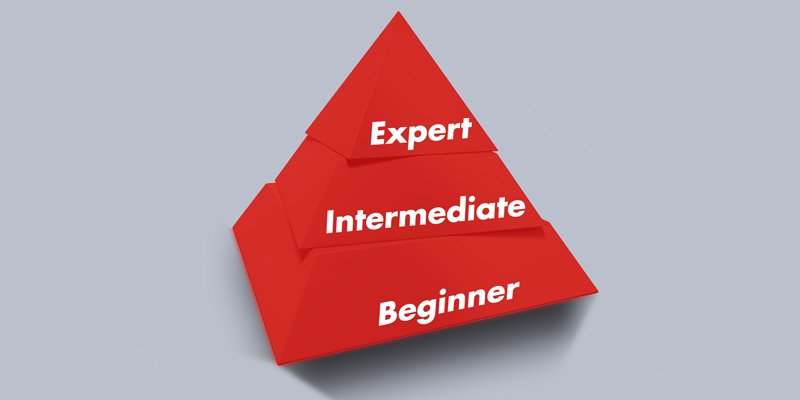In order for a game to be successful, you need to make it engaging. It also must have good content. So ask yourself: what learning outcomes are you hoping for? Additionally ask: how will they be measured? These are two very important things to be defined early in the design phase, because there’s no point in designing something that’s really fun if a learner doesn’t actually learn anything from it. There’s also no point in designing a game full of great content that everyone finds too boring to play. This article on “what is the game?” is the second in a three-part series on three things to keep in mind when designing effective games for learning.
What is the game?
Start by considering your narrative. All of us enjoy a good story, and learners are no different. Therefore, a good game has a narrative that cues the learner’s imagination and feelings, drawing them in emotionally so they begin to be more deeply invested in what happens. This can be as simple as “I need to save the princess” or as complicated as a novel. Remember to consider who is the learner, and then determine what scenarios, characters and situations will make for a good story that provides a consistent, clear platform for learning.
While keeping your learner and the content in mind, you should consider the genre of your game. Is this a space themed game where they travel to different planets, or is this a game world version of their workplace? This again depends on your audience. Some people may disengage with too realistic a setting, while others may find something that is just silly and a waste of time - too different from what they are accustomed to. Whatever you choose, you should consider the basic beats of a good story:
Continue reading the third article in this 3-part series.
Related Articles For Further Reading
Consider subscribing to our email newsletter today to automatically receive the next issue in your inbox, including our most recent authored articles.









